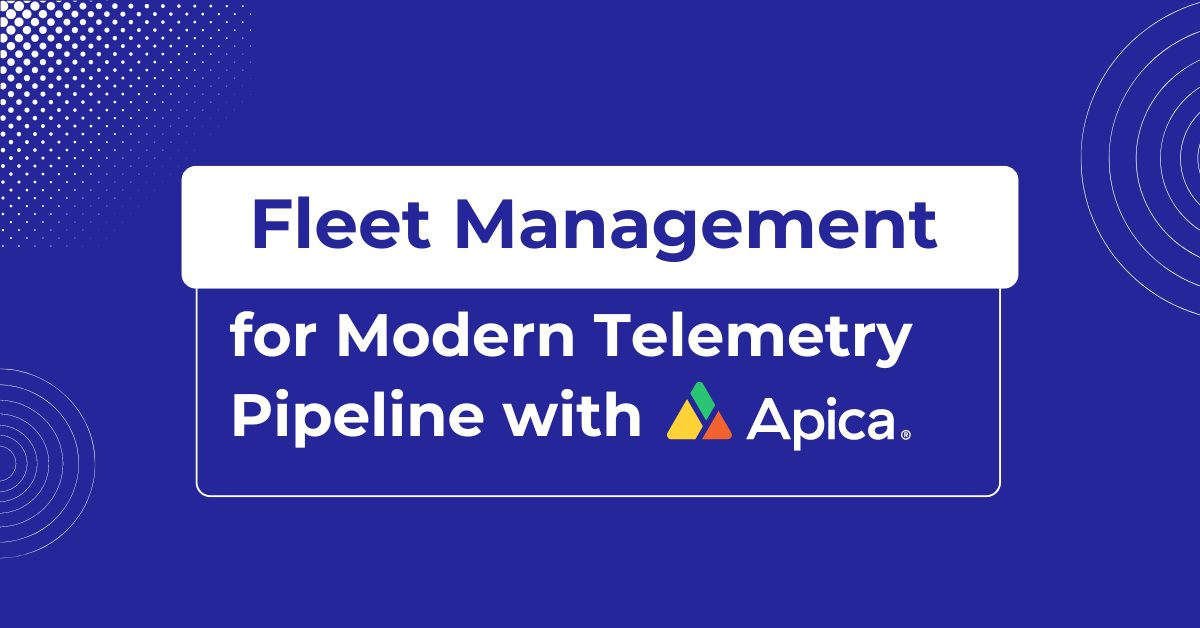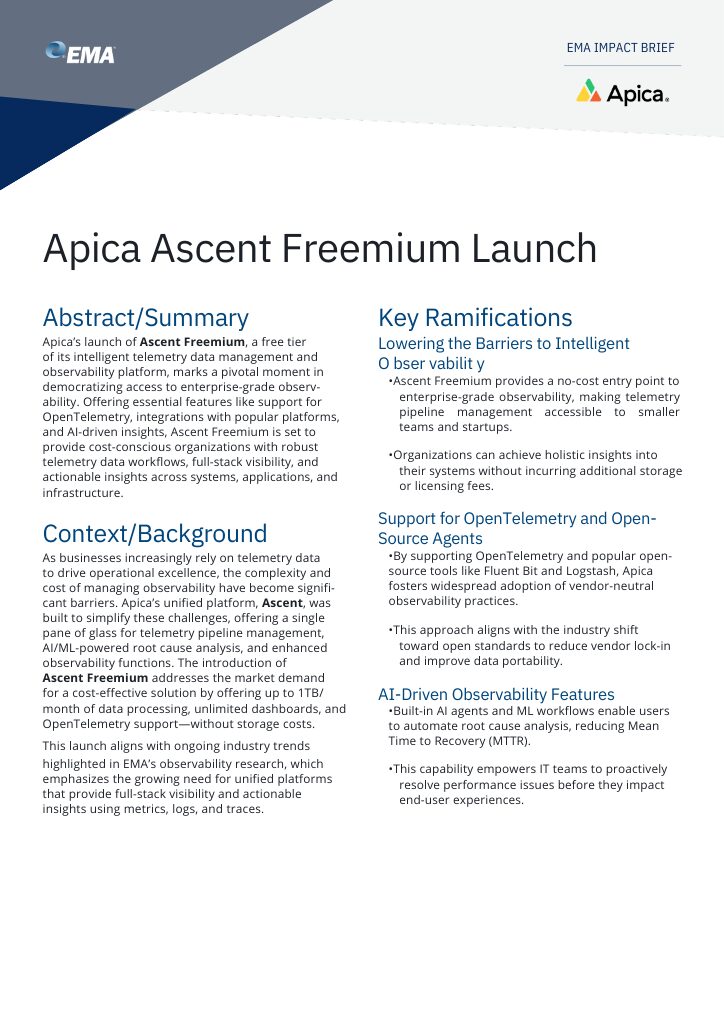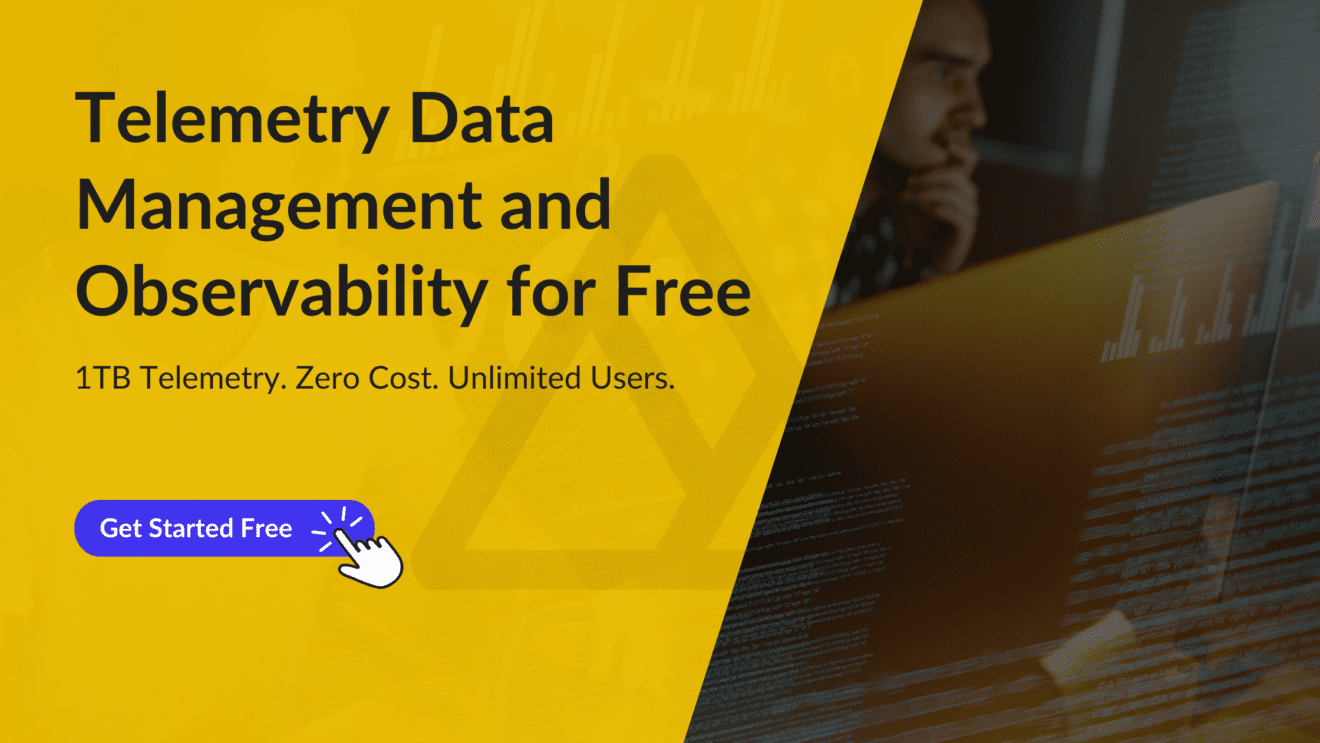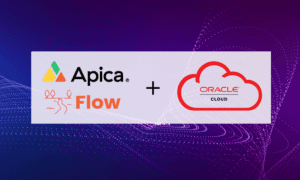Hey there! Oscar here. After spending countless hours wrestling with various monitoring tools and proprietary solutions, I wanted to share my thoughts on what I believe is revolutionizing the observability landscape: Open Telemetry (OTel).
Open Telemetry revolutionizes observability in distributed systems. With its comprehensive tracing and metrics collection capabilities, coupled with the powerful Open Telemetry collector for data processing, it’s changing how we monitor and understand our applications.
The Problem We All Face
Let’s be honest – monitoring distributed systems is a pain. If you’re like me, you’ve probably dealt with the headache of managing multiple monitoring agents, each speaking their own language, creating data silos that make it impossible to get a clear picture of what’s happening in your system. It’s like trying to solve a puzzle where all the pieces come from different boxes!
Enter Open Telemetry
Open Telemetry is basically the Swiss Army knife of observability. Born from the merger of Open Tracing and Open Census in 2019, it’s now backed by the Cloud Native Computing Foundation (CNCF) and has become the de facto standard for open-source observability.
Open Telemetry is an open-source observability framework that provides a standardized way to collect and export telemetry data. It combines tracing, metrics, and logging to give developers a holistic view of their application’s performance.
Let’s explore some of the components:
Open Telemetry Collector:
The Open Telemetry collector serves as a vendor-agnostic way to receive, process, and export telemetry data. It’s a crucial component for scaling your observability pipeline.
Open Telemetry Tracing:
Open Telemetry tracing provides detailed insights into the flow of requests through your distributed system. By implementing Open Telemetry tracing, you can easily identify bottlenecks and optimize performance.
Open Telemetry Metrics:
With Open Telemetry metrics, you can gather critical performance data about your applications. These metrics offer a quantitative view of your system’s health and performance over time.
What makes it special? Here's what got me excited:
1. Say Goodbye to Vendor Lock-in
Remember when switching monitoring platforms meant re-instrumenting your entire application? Yeah, those days are over. Open Telemetry decouples your telemetry collection from the backend storage and analysis. It’s like having a universal adapter for all your observability needs.
2. Cost Efficiency That Makes Finance Happy
By eliminating redundant monitoring agents and providing smart sampling capabilities, Open Telemetry helps you optimize your data collection. You get deep visibility without the astronomical ingestion costs. In my experience, this alone has made it worth the switch.
3. Developer-Friendly Instrumentation
What I love most about Open Telemetry is its approach to instrumentation. With automatic instrumentation options and standardized APIs, you don’t need to modify tons of application code to get meaningful insights. This means faster deployment cycles and more consistent telemetry data collection.
Real Talk: The Benefits That Matter
In my day-to-day work, Open Telemetry has been a game-changer for several reasons:
- Faster Debugging: When something goes wrong, having correlated traces, metrics, and logs in one place means I spend less time jumping between tools and more time actually solving problems.
- Proactive Monitoring: The comprehensive visibility helps catch issues before they become major incidents. It’s like having a crystal ball for your system’s health.
- Future-Proof Architecture: With major cloud providers and tech companies backing Open Telemetry, I know I’m betting on a horse that’s going to be in the race for the long haul.
Compliance Without the Headache
For those of us dealing with regulations like GDPR or HIPAA, Open Telemetry’s structured telemetry data is a blessing. It provides the detailed, real-time insights needed for compliance reporting without extra overhead. Security teams particularly love the rich metadata captured within traces, metrics, and logs.
Getting Started
If you’re convinced and want to give Open Telemetry a try (trust me, you should), here’s my advice: start small. Pick a single service, implement the basic Open Telemetry instrumentation, and gradually expand from there. The beauty of Open Telemetry is that it grows with you.
Open Telemetry in Python
Implementing Open Telemetry in Python is straightforward and well-supported by the community. The open telemetry-sdk package provides everything you need to get started. Here’s what makes Python instrumentation particularly powerful:
- Auto-instrumentation for popular frameworks like Flask, Django, and Fast API means you can add tracing with minimal code changes
- Rich ecosystem of instrumentation packages for databases (SQL Alchemy, PostgreSQL), messaging systems (Redis, Kafka), and HTTP clients (requests, aiohttp)
- Simple configuration through environment variables or code-based setup
- Built-in support for context propagation across async operations
The Python SDK also offers flexible sampling strategies to help you manage data volume while maintaining visibility into your system’s behavior.
Open Telemetry in Java
For Java applications, Open Telemetry offers robust instrumentation options that integrate seamlessly with the JVM ecosystem. The Java agent provides automatic instrumentation for many popular frameworks and libraries:
- Spring Boot and Spring MVC applications can be instrumented without code changes using the Java agent
- Built-in support for servlet containers like Tomcat and Jetty
- Comprehensive coverage of database drivers, including JDBC implementations
- Integration with popular tools like Hibernate, gRPC, and various HTTP clients
- Support for both synchronous and reactive programming models
The Java SDK also provides manual instrumentation capabilities for custom business logic and detailed control over span attributes and events.
Open Telemetry vs. Prometheus
While both Open Telemetry and Prometheus are powerful observability tools, they serve different purposes and can actually complement each other effectively:
- Prometheus excels at pull-based metrics collection and alerting, with a focus on time-series data and a powerful query language (PromQL)
- Open Telemetry provides a comprehensive approach to observability, covering traces, metrics, and logs with a vendor-neutral collection pipeline
- Many teams use both: Open Telemetry for distributed tracing and general telemetry collection, while leveraging Prometheus for specific metrics use cases and alerting
- Open Telemetry can export metrics to Prometheus format, allowing you to use Prometheus’s powerful querying and alerting capabilities while maintaining a standardized instrumentation approach
- The Open Telemetry Collector can receive Prometheus metrics, enabling a unified collection pipeline for all your observability data
Looking Ahead
Final Thoughts
In my years of working with various observability solutions, Open Telemetry stands out for its flexibility, comprehensive approach, and strong community backing. Whether you’re running a small startup or managing enterprise-scale systems, it’s worth considering as part of your observability strategy.
As we’ve explored, Open Telemetry is revolutionizing the observability landscape. Its comprehensive approach to tracing, metrics, and logging, combined with the flexibility of the Open Telemetry collector, makes it a powerful tool for modern development teams.
Whether you’re working with Python, Java, or any other supported language, Open Telemetry provides the insights you need to build and maintain high-performance, reliable systems.
Have you tried Open Telemetry in your projects? I’d love to hear about your experiences in the comments below!
Check out more in our OTel overview here!










